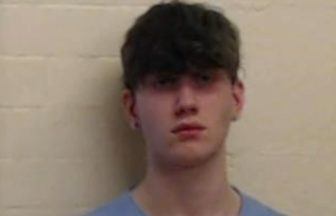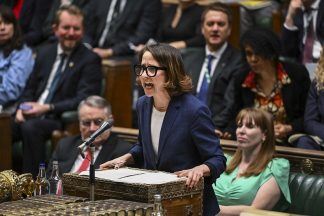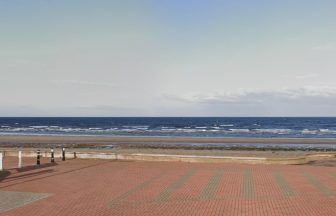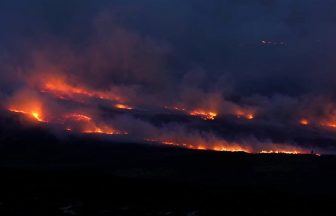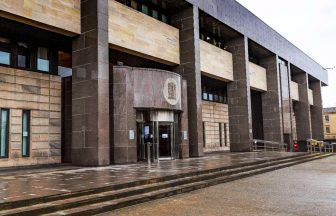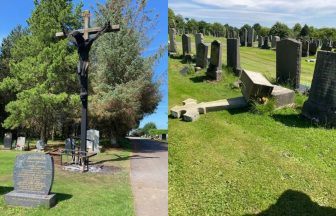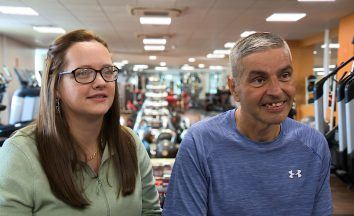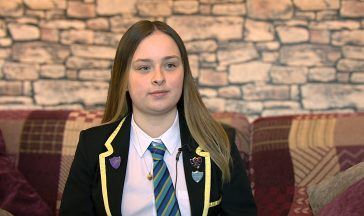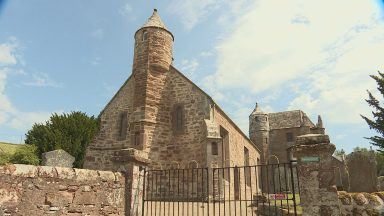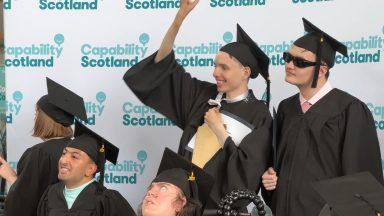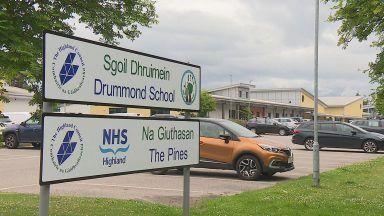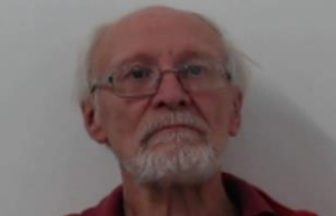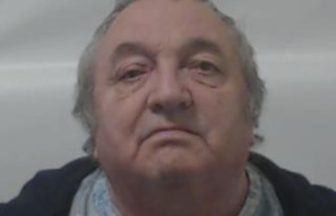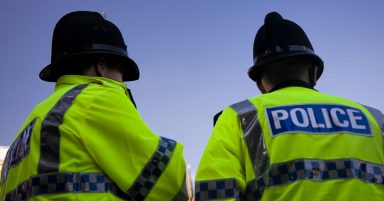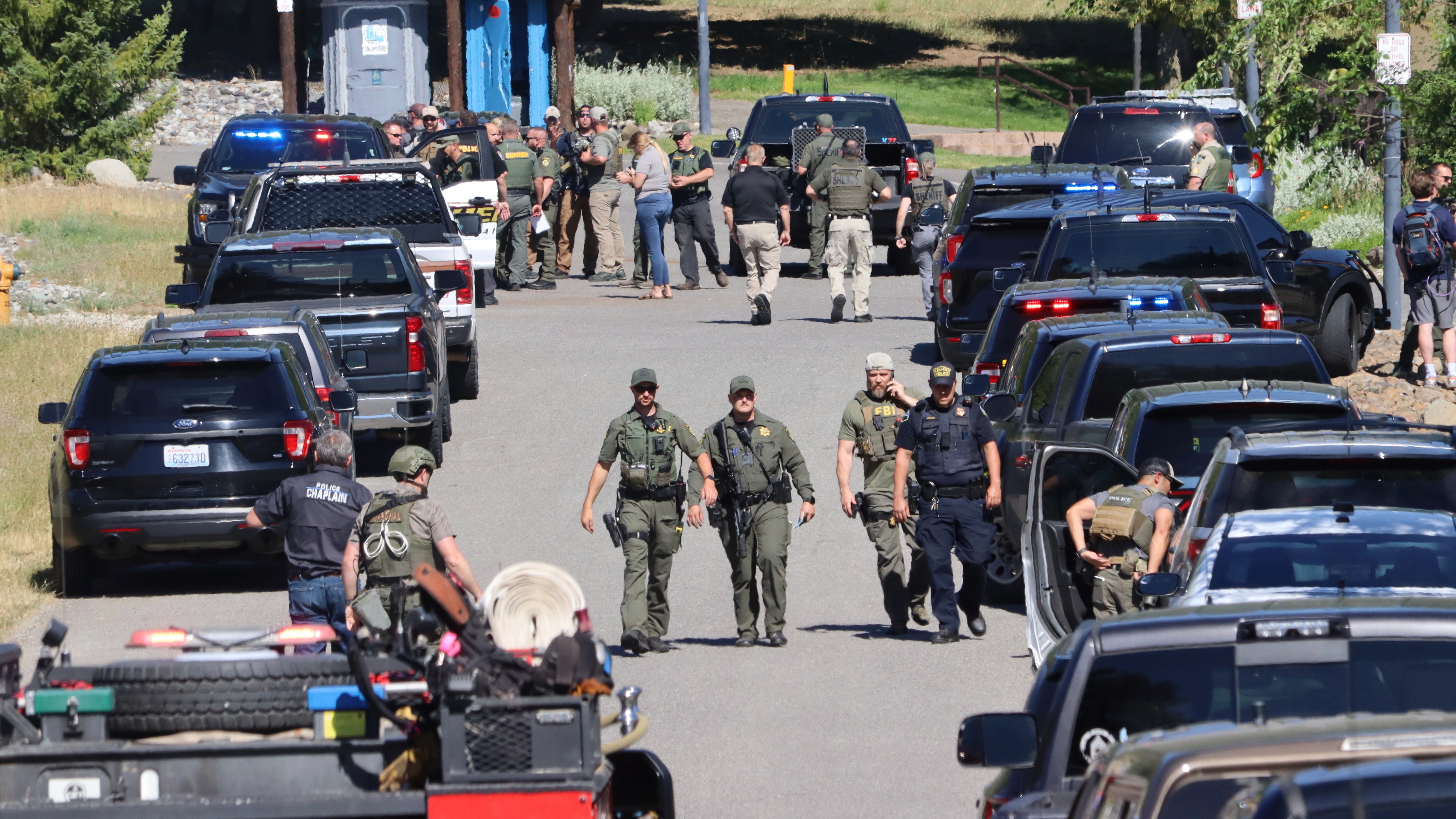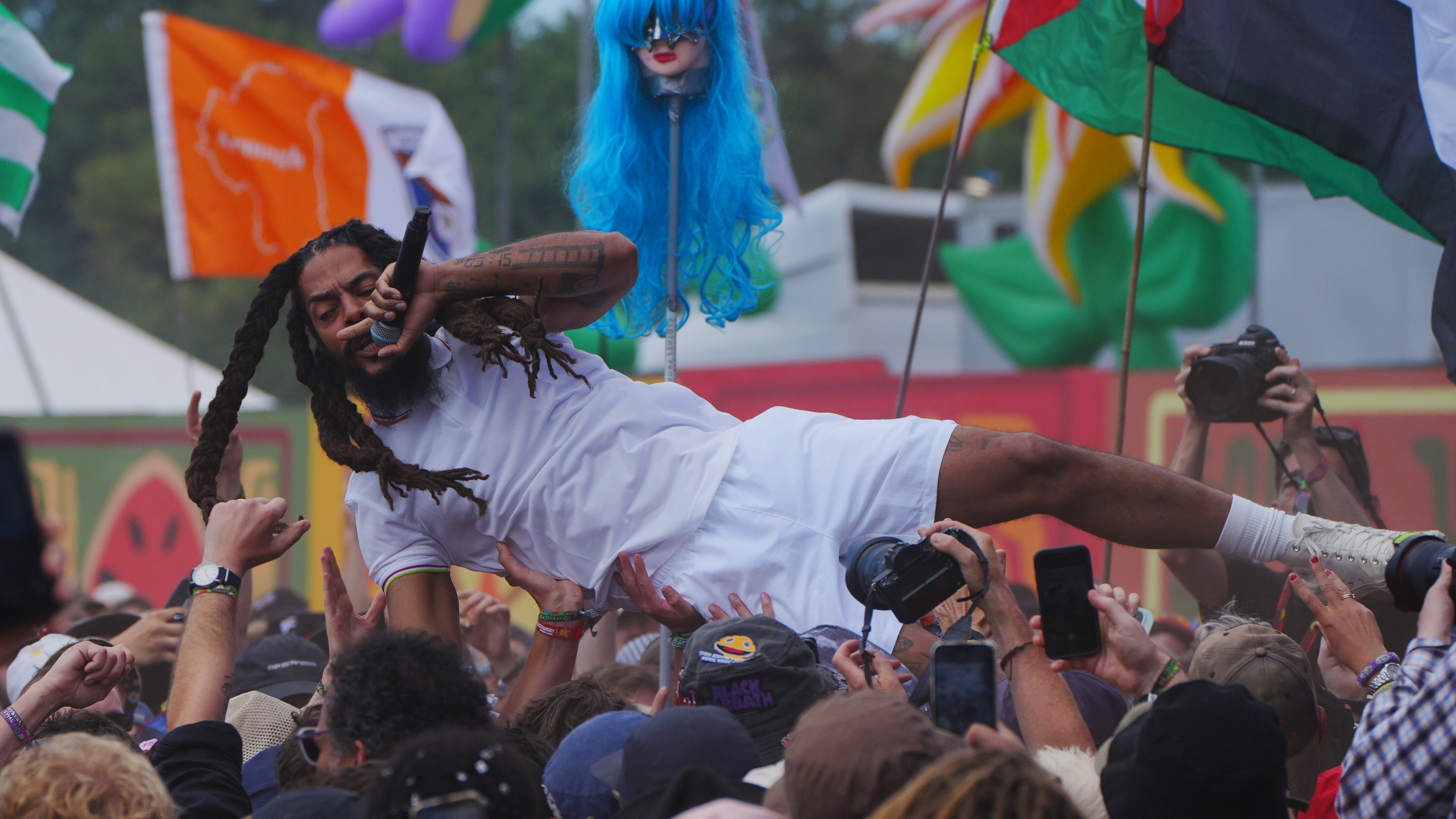Plans for a coronavirus vaccination programme have been unveiled by the Scottish Government.
On Thursday, the Health Secretary Jeane Freeman told parliament that more than one million people in Scotland could be vaccinated by the end of January.
Freeman said the vaccination programme would be “one of the biggest civilian logistical challenges in our lifetime” with the military being deployed to help with the rollout.
Here’s what to expect as Scotland prepares to immunise the population against coronavirus.
When can we expect the vaccine to be rolled out?
It is thought a vaccination programme could be approved for as early as December.
This is dependent on the Joint Committee for Vaccines and Immunisation (JCVI) recommending the vaccine as well as receiving a licence.
The timescale that has been suggested would also be dependent on supplies arriving on time.
Who will be immunised first?
The first phase of the vaccination programme will be offered to frontline health and social care workers, care home residents and staff, those over 80 and people delivering the vaccination programme.
Over 65s and those at “additional clinical risk” are next in line to be prioritised for vaccination, based on the current JCVI guidance.
The wider population over the age of 18 will then be vaccinated after that.
Those in the first wave of the programme will be contacted in December or January and told where to receive the vaccine and how to make an appointment.
How will the vaccine programme be delivered?
Logistical work is still needed to prepare health boards to carry out vaccinations, as well as recruiting staff and setting up mass testing sites.
It has been estimated that more than 2000 staff will be needed by January to act as vaccinators or support workers.
GPs will also be involved in delivering the programme.
Training will be needed for staff as the Pfizer vaccine will arrive in multi-dose vials that need to be diluted rather than pre-filled syringes like other immunisations.
People may be required to travel to have the vaccination, as it can be stored for up to five days at two to eight degrees, then for up to two hours at room temperature after being taken out of ultra-low temperature storage.
The vaccination will consist of two doses taken three weeks apart.
Is the vaccination safe?
Ms Freeman has said there will be a “rigorous and independent three-phase testing process” before a vaccine for Covid-19 is licenced and approved for use.
She said: “We’ve seen unprecedented investment worldwide and research development and manufacture people across the world – including here in Scotland – volunteering to take part in clinical trials, and driven and dedicated research teams.
“That is why we’re seeing these front-running vaccines delivered in months, rather than the many years that vaccine development can sometimes take.
“It is impressive but it is not at the expense of safety.”
Ms Freeman added that she is urging the public to take up the vaccine when it is offered to them.
She said: “It offers additional protection that we don’t have by other means.”
What is the long term plan for the vaccination programme?
An app trialed during the flu vaccine programme will help to track who has had the vaccine and ensure people are given their second dose.
The app will also help monitor any adverse reactions people may have.
Meanwhile plans are being put in place to build a long term programme to tackle coronavirus, as the vaccine will not be a one-off.
It is hoped that if all goes to plan, the entire population could be vaccinated against coronavirus by spring or summer next year.
Follow STV News on WhatsApp
Scan the QR code on your mobile device for all the latest news from around the country


